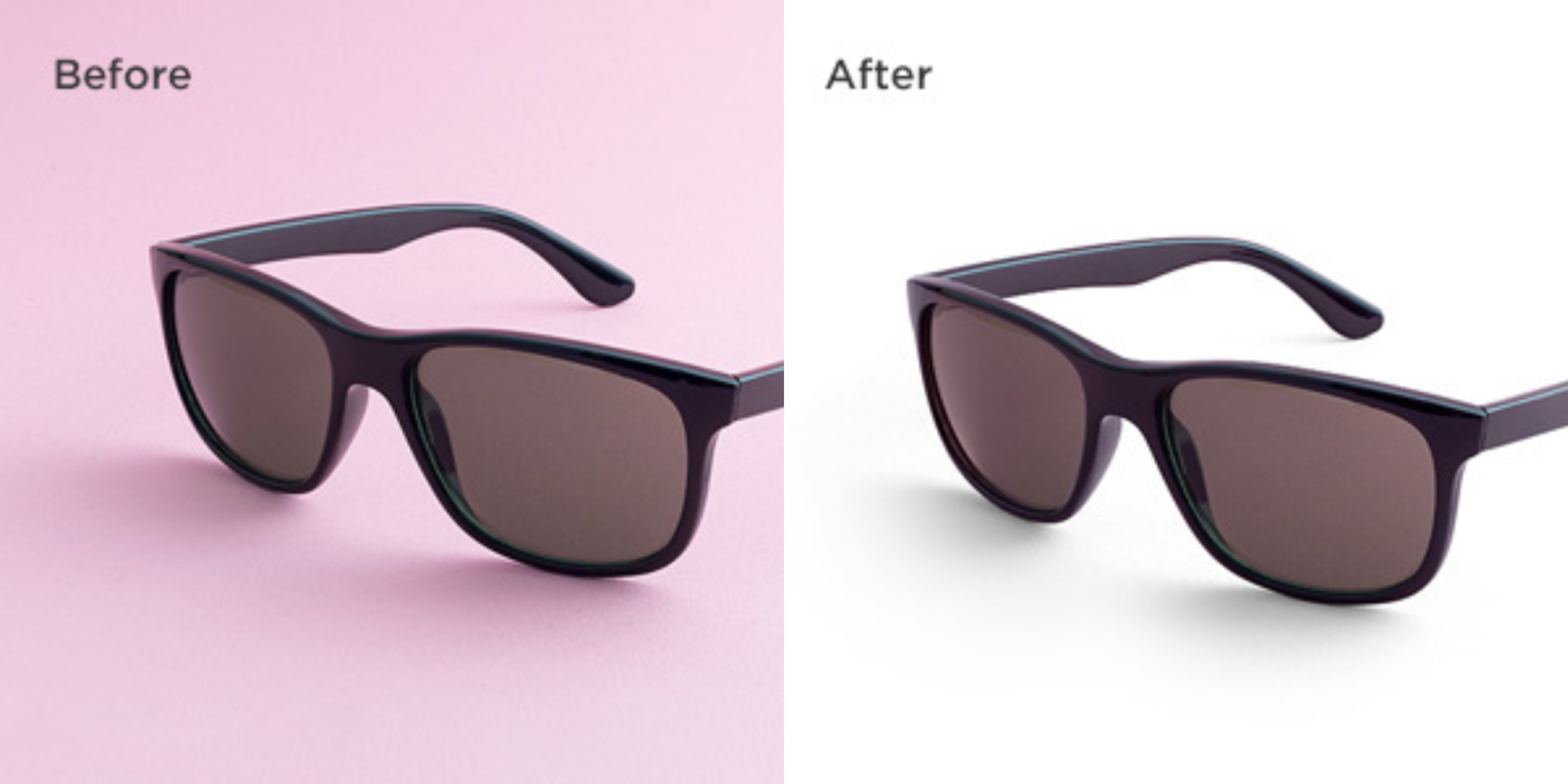Introduction:
In the world of photography, where light is both the painter and the canvas, shadows play a crucial role in shaping the visual narrative. Shadow creations, a skillful interplay of light and darkness, have become a distinct art form that adds depth, drama, and emotion to photographs. In this blog post, we will explore the art of shadow creations in photography, understanding their significance, techniques employed, and the impact they have on visual storytelling.
The Significance of Shadow Creations:
Adding Dimension and Depth: Shadows are not just absence of light; they are the silent sculptors of dimension. Shadow creations add depth to images, transforming flat surfaces into dynamic, three-dimensional compositions. This depth enhances the visual experience, making the subject come alive.
Setting the Mood and Atmosphere: Shadows are powerful storytellers, setting the mood and atmosphere of an image. Whether it’s the dramatic shadows of a noir-inspired scene or the soft, gentle shadows of a sunlit portrait, the play of light and shadow conveys emotion and narrative.
Emphasizing Form and Texture: Shadows have the ability to emphasize the form and texture of subjects. The interplay of light and shadow can reveal intricate details, creating a tactile quality that invites viewers to connect with the textures and surfaces within the frame.
Guiding the Viewer’s Focus: Shadow creations act as visual cues, guiding the viewer’s focus to specific elements within the frame. By strategically placing shadows, photographers can draw attention to key subjects, creating a visual hierarchy that guides the viewer’s gaze.
Techniques Employed in Shadow Creations:
Natural Light Manipulation: Photographers often harness the power of natural light to create compelling shadows. The position of the sun, the time of day, and the use of natural elements such as trees or architectural structures contribute to the dynamic interplay of light and shadows.
Artificial Light Sources: Studio photographers frequently use artificial light sources to control and manipulate shadows. Techniques such as side lighting, backlighting, and chiaroscuro (strong contrast between light and dark) are employed to create dramatic and intentional shadows.
Silhouettes: Silhouettes are a classic form of shadow creation where the subject appears as a dark shape against a bright background. This technique is particularly powerful in conveying emotion and storytelling without revealing intricate details of the subject.
Double Exposure: In post-processing, photographers may use double exposure techniques to combine two images, blending the subject with shadow patterns or other elements. This creates a surreal and artistic effect, adding layers of visual interest.
Impact of Shadow Creations on Visual Storytelling:
Conveying Mystery and Intrigue: Shadows have an innate ability to convey mystery and intrigue. In genres like film noir or conceptual photography, intentional use of shadows creates an enigmatic atmosphere, inviting viewers to engage with the narrative on a deeper level.
Elevating Portraiture: In portrait photography, the strategic use of shadows can accentuate facial features, add definition to expressions, and convey a sense of mood. Shadows can evoke a wide range of emotions, from intimacy to solemnity, enhancing the narrative of the portrait.
Creating Dynamic Compositions: Shadows contribute to the dynamism of a photograph by creating dynamic compositions. Whether it’s the angular shadows of urban architecture or the soft, organic shadows of nature, they add visual interest and complexity to the overall composition.
Enhancing Product Photography: In commercial photography, shadows are meticulously crafted to showcase products in the best light. Shadows can emphasize product details, create a sense of volume, and enhance the overall visual appeal of the product.
Tips for Effective Shadow Creations:
Understand Light Direction: The direction of light is fundamental in shadow creation. Whether using natural or artificial light, understanding how light falls on the subject allows for intentional placement of shadows.
Experiment with Angles: Experiment with different angles to find the most effective way to cast shadows. Play with the positioning of light sources and subjects to create unique and visually compelling shadow patterns.
Consider the Story: Before capturing shadows, consider the story you want to tell. Shadows can be used to evoke specific emotions or convey particular themes, so align the shadow patterns with the narrative you aim to communicate.
Post-Processing Techniques: Post-processing tools offer opportunities to enhance or manipulate shadows further. Adjusting contrast, exposure, and using techniques like dodging and burning can refine the shadow elements in the final image.
Conclusion:
Shadow creations in photography are a poetic dance between light and darkness, a visual language that adds nuance, depth, and emotion to the narrative. Whether in portraiture, product photography, or artistic endeavors, the intentional use of shadows contributes to the overall impact and storytelling power of an image. Embrace the art of shadow creation, master the techniques, and watch as your photographs come alive with a dynamic interplay of light and shadows, inviting viewers into a world where every shadow tells a story.

